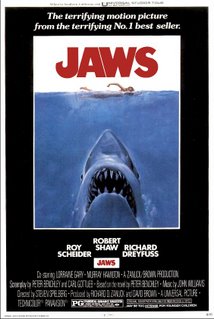It's like anything: Nothing's easy.
This one's the first of more adaptations than necessary (a TV version was broadcast in 1999 with Edward James Olmos and Vincent D'Onofrio, and Tony Scott is making a new one with Denzel Washington and John Travolta*) of John Godey's rather spare novel, but is the best of the bunch, having the advantage of a witty script penned by Peter Stone, screenwriter of Charade and the musical "1776." Stone realized the bare-bones plot of the novel wouldn't sustain a movie, and fleshed out the characters with a jokey, schlumpfy "attitude" that keeps the slow parts entertaining, especially when played by two wily character actors like Walter Matthau and Jerry Stiller.
Matthau gets the advantage of playing a fairly straight character with a muffled humor, while Stiller makes the sarcasm of his dispatcher as dry as Brooklyn dust. By contrast, the hi-jackers (Hector Elizando, Martin Balsam, Earl Hindman, and led by Robert Shaw, who plays it cold as ice) are twitchy no-nonsense cyphers cloaked in anonymity. For a change, it's the cops who are the interesting ones, as they race against time to secure a million dollars in ransom and deliver it before hostages begin being killed.
The direction and lighting take their cues from the documentary style of The French Connection,** as does the funky score by David Shire. The film employed a new process of "flashing" the film, allowing the filmmakers to still get detail in the dimly lit (and graffiti-less by MTA request) subway tunnels without having to set up extensive lighting that would have delayed production—and due to the grimy, rat-infested locations—risked the health of cast and crew (who wore masks when cameras weren't rolling).
But Stone's script is the factor that nudges the film beyond its thriller origins and give it a cynical style.
In fact, it is so well done, that one questions the need to do another version.
* We'll put that one up next week.
**Owen Roizman was the DP for that film, as well.





























